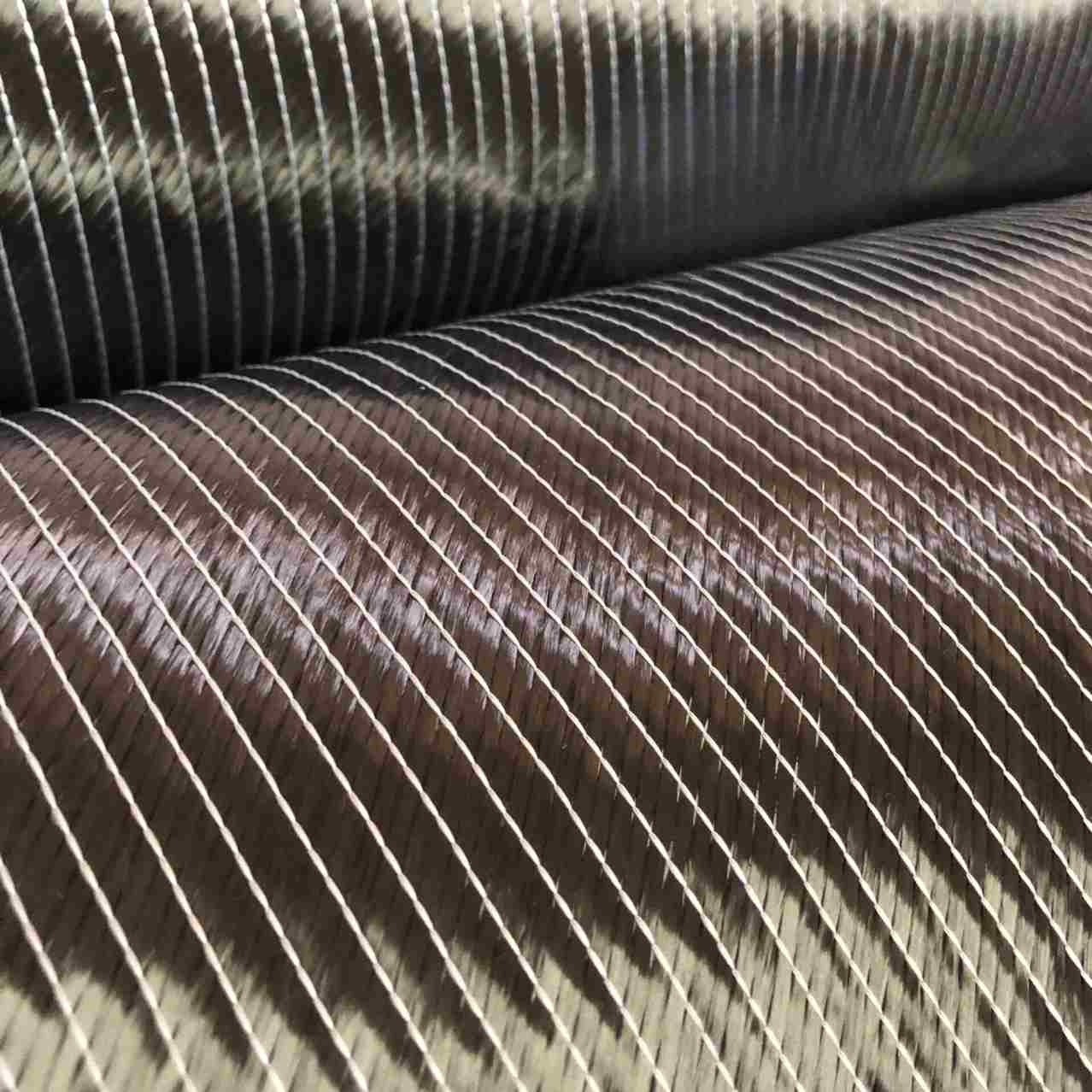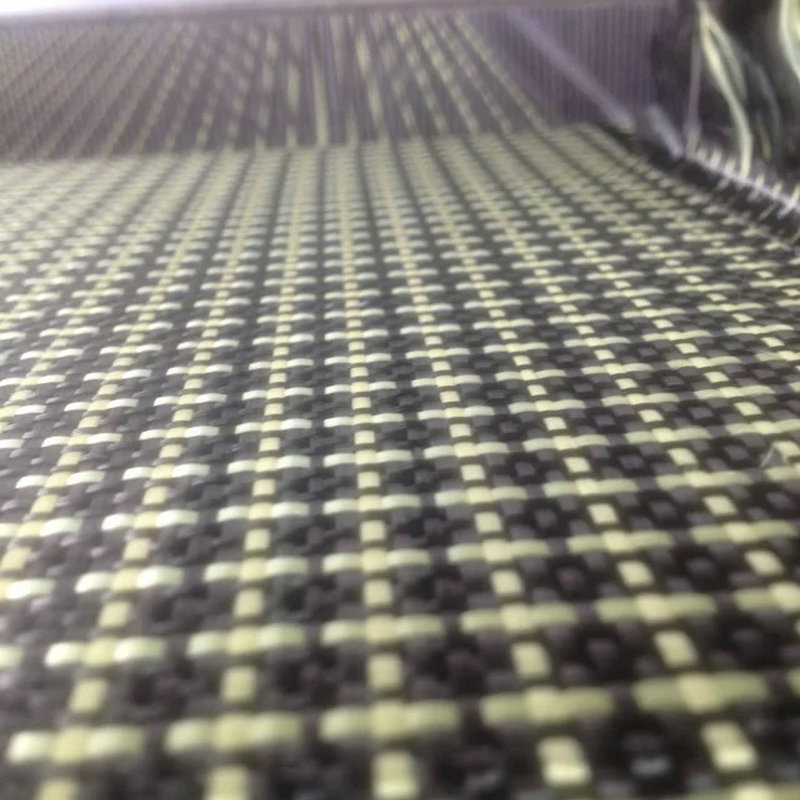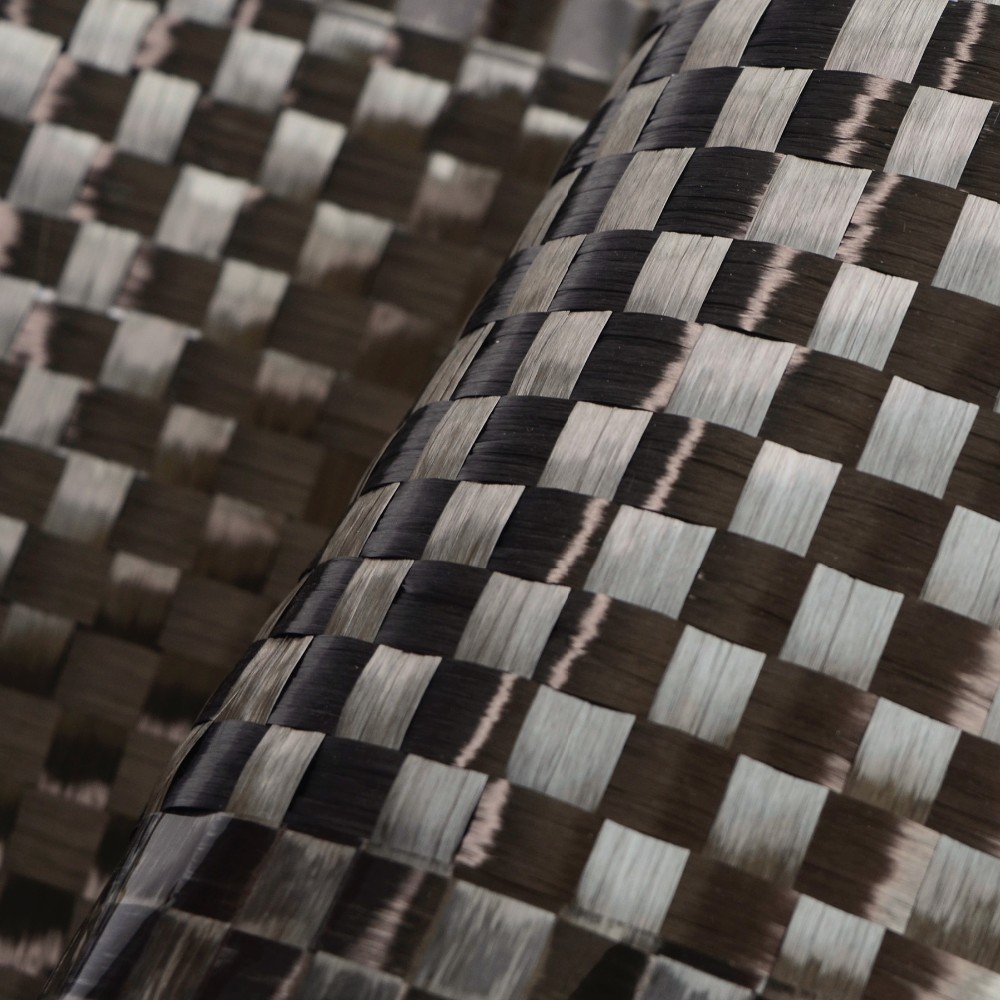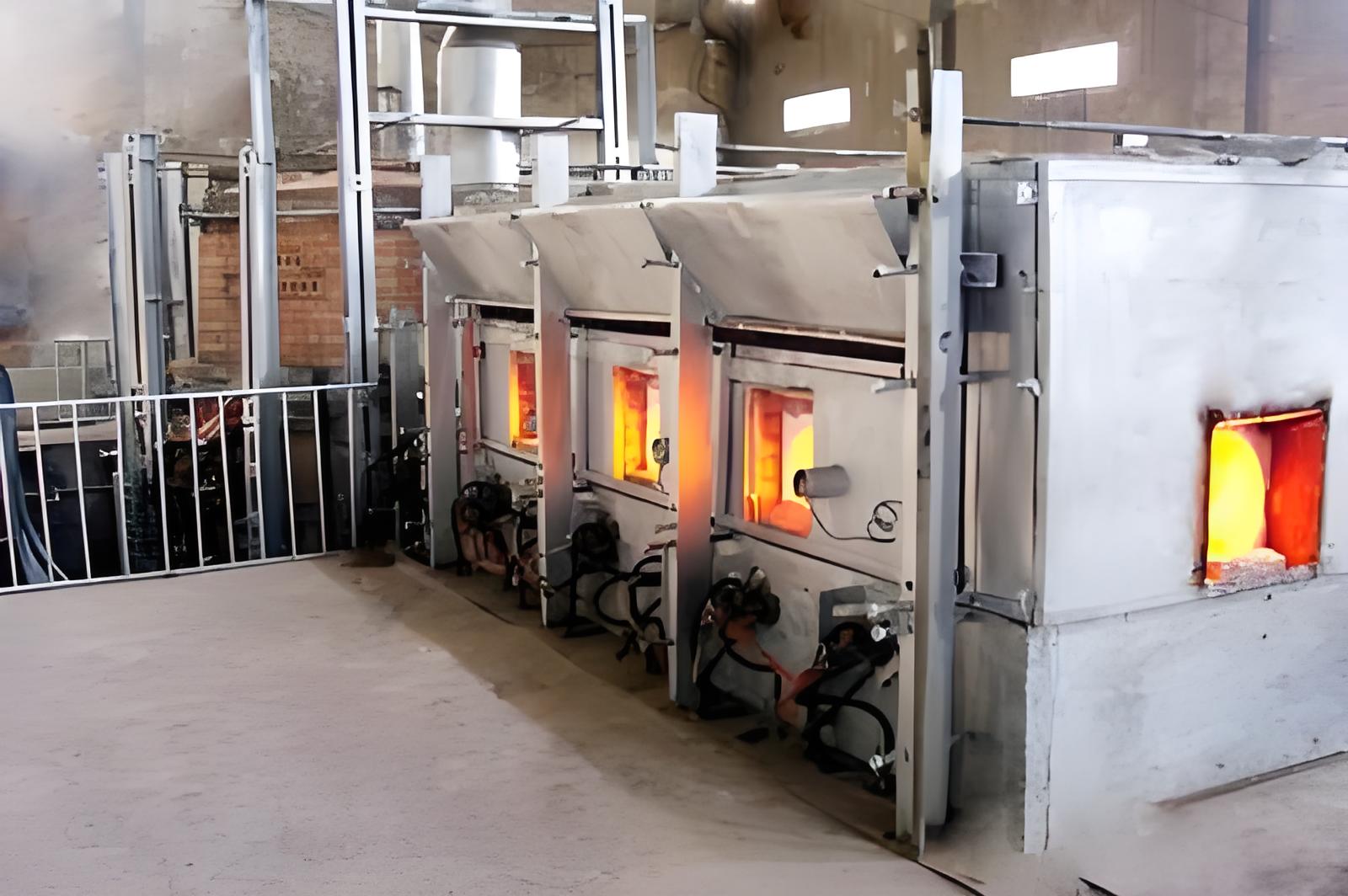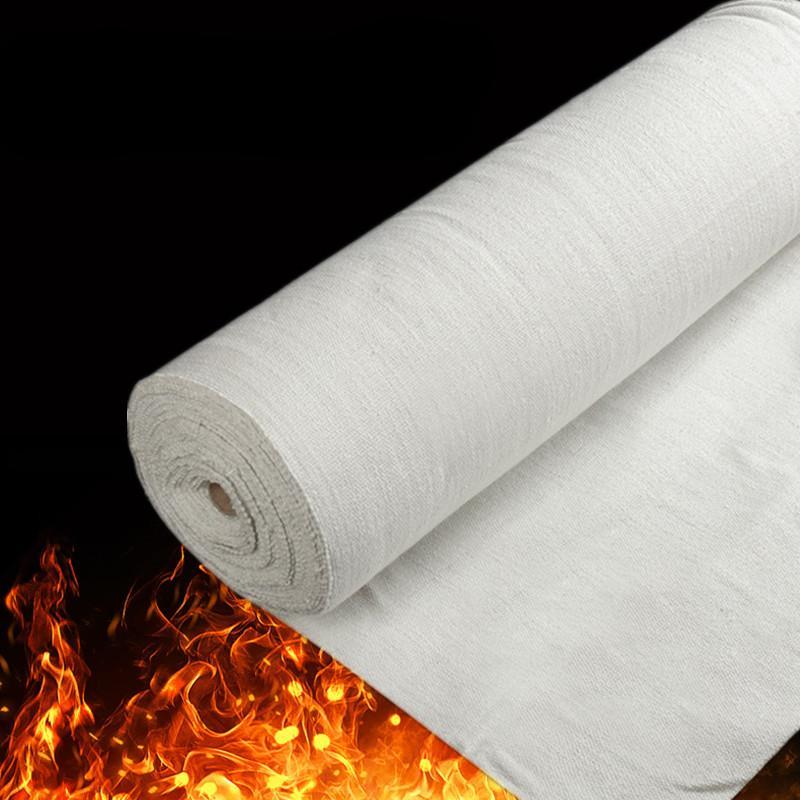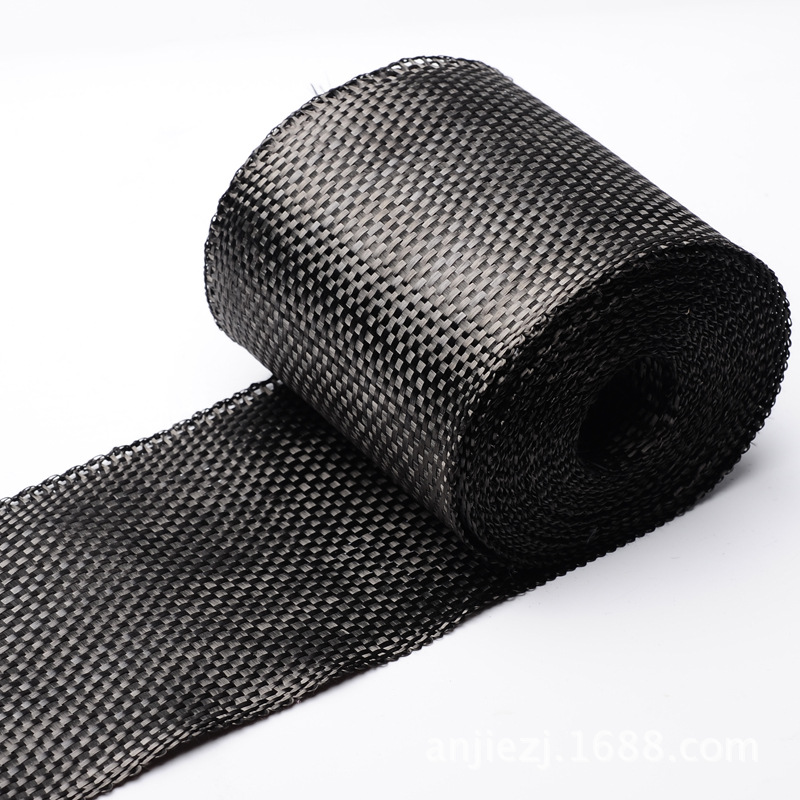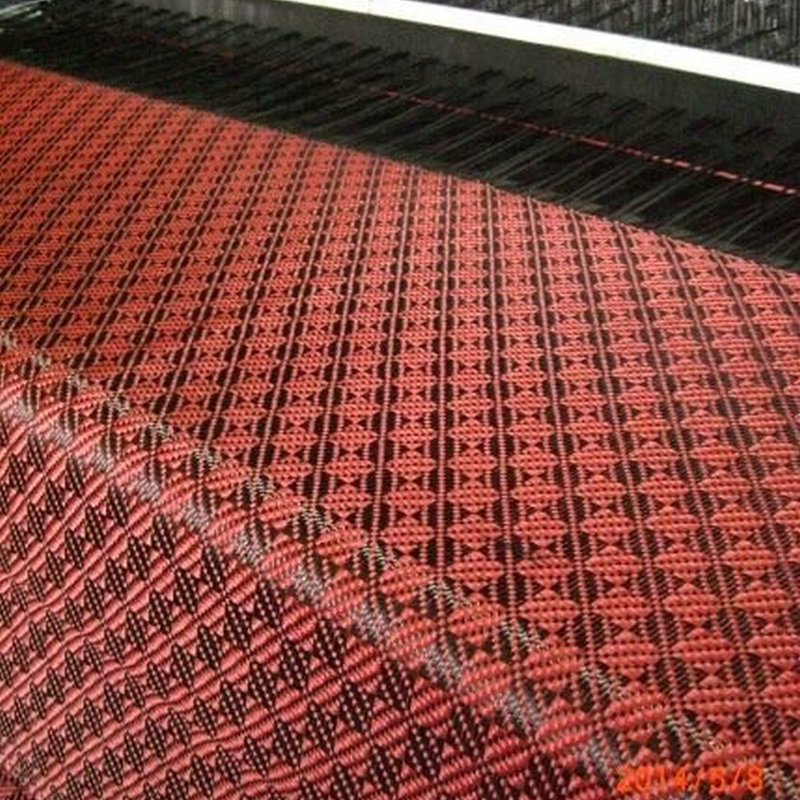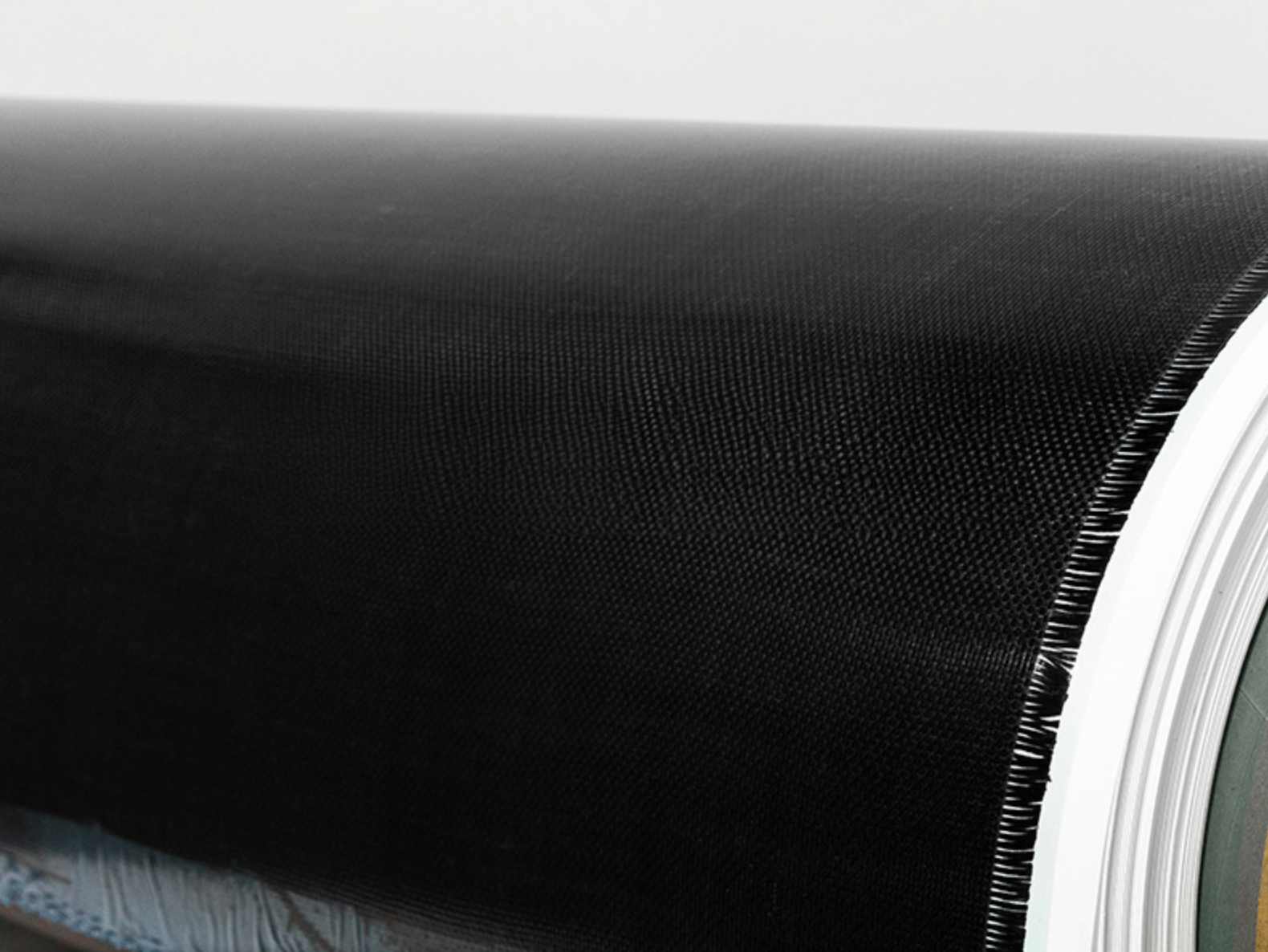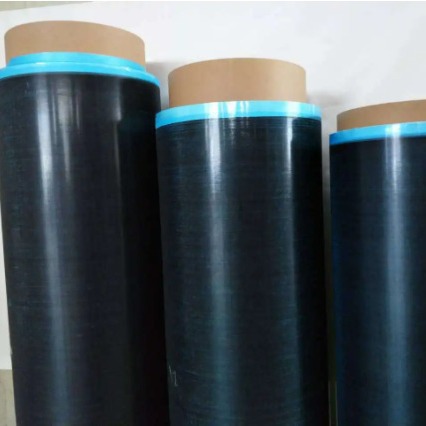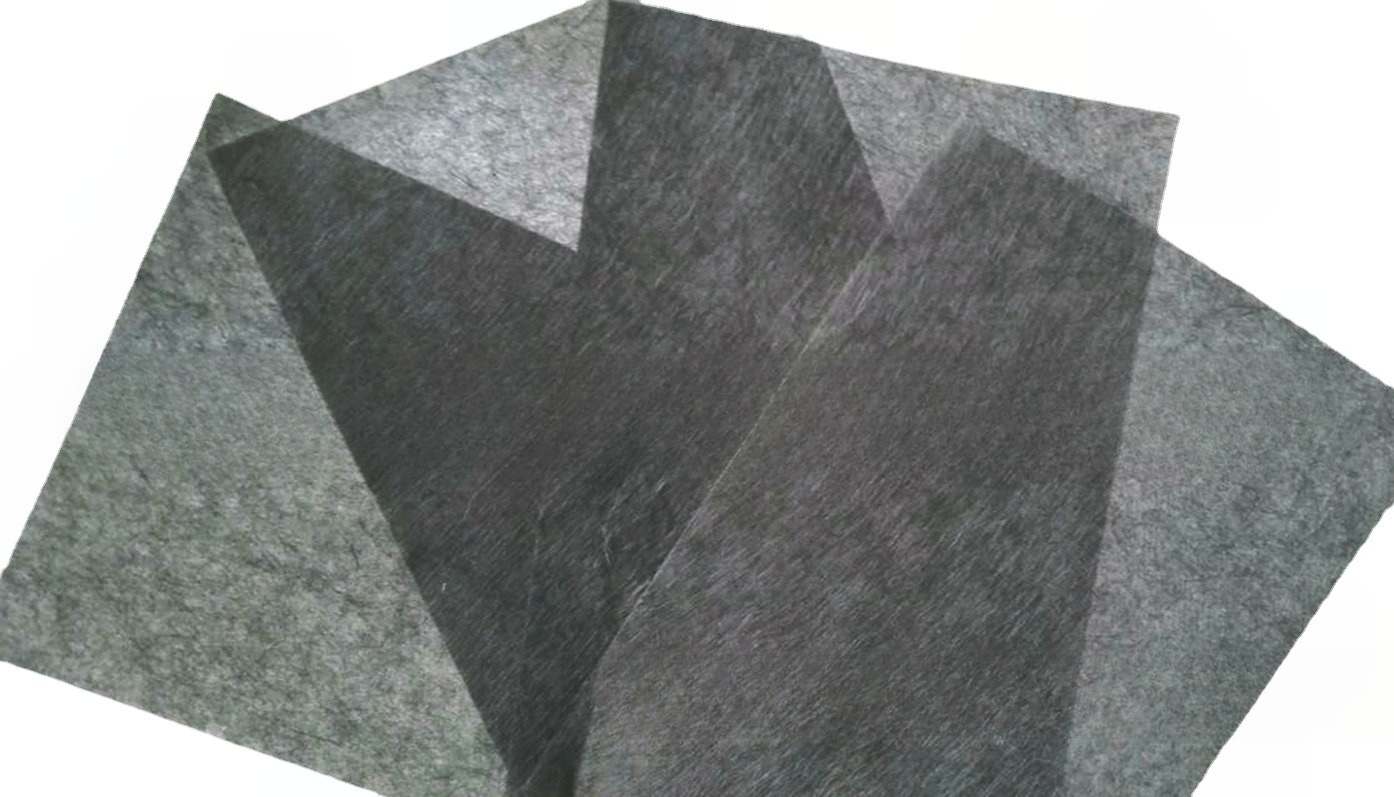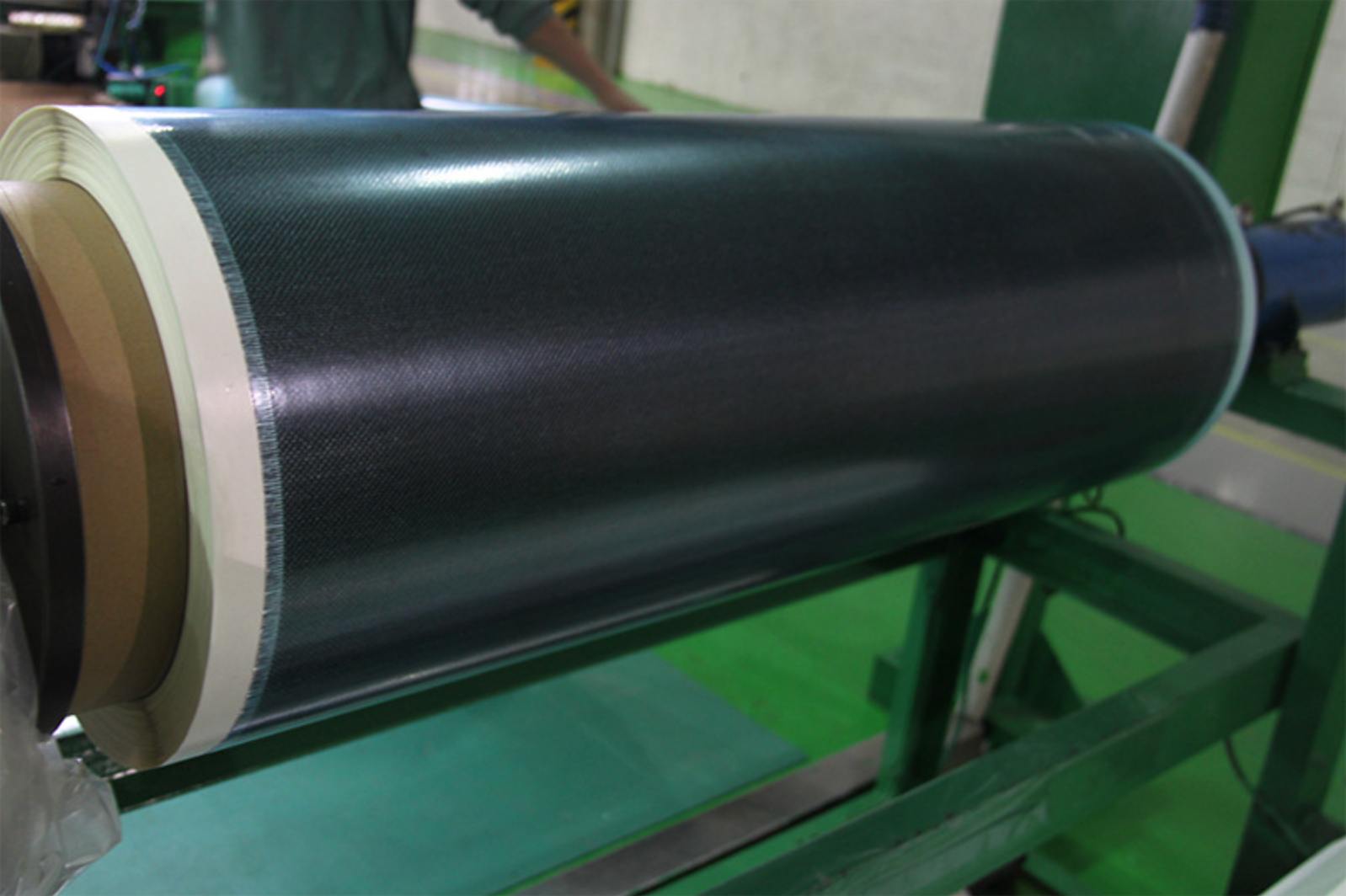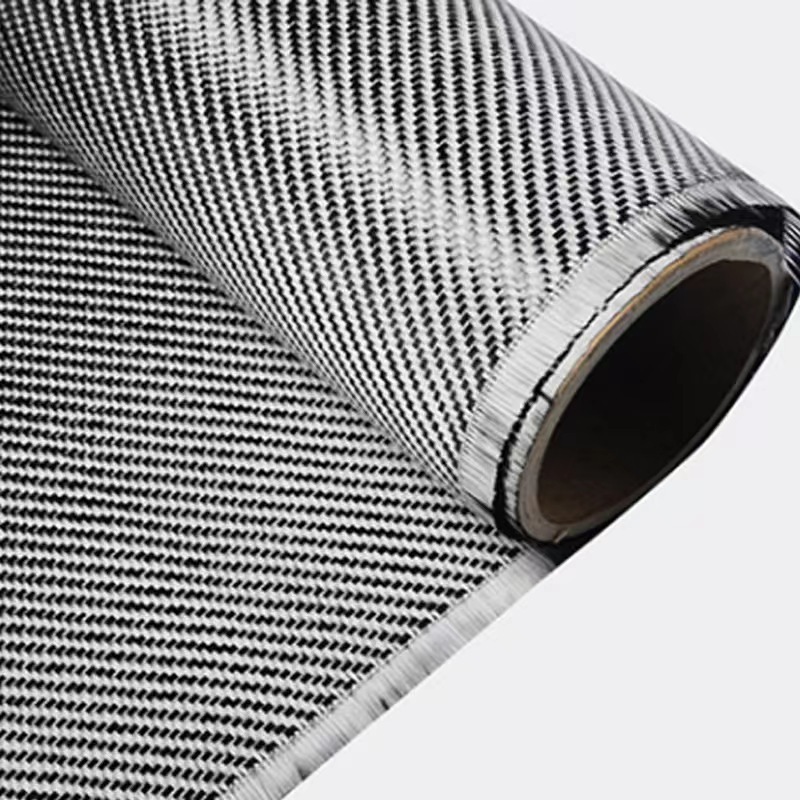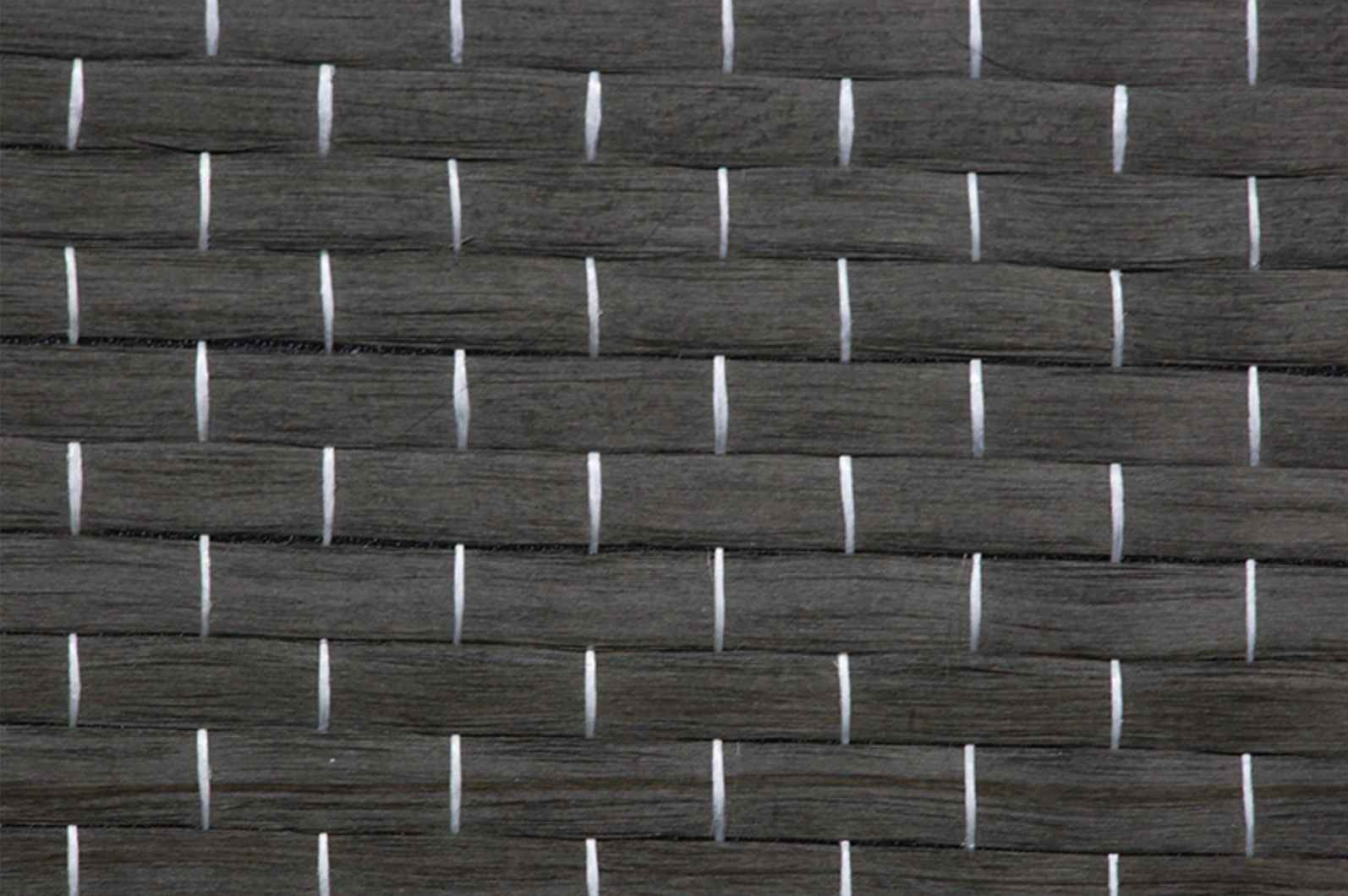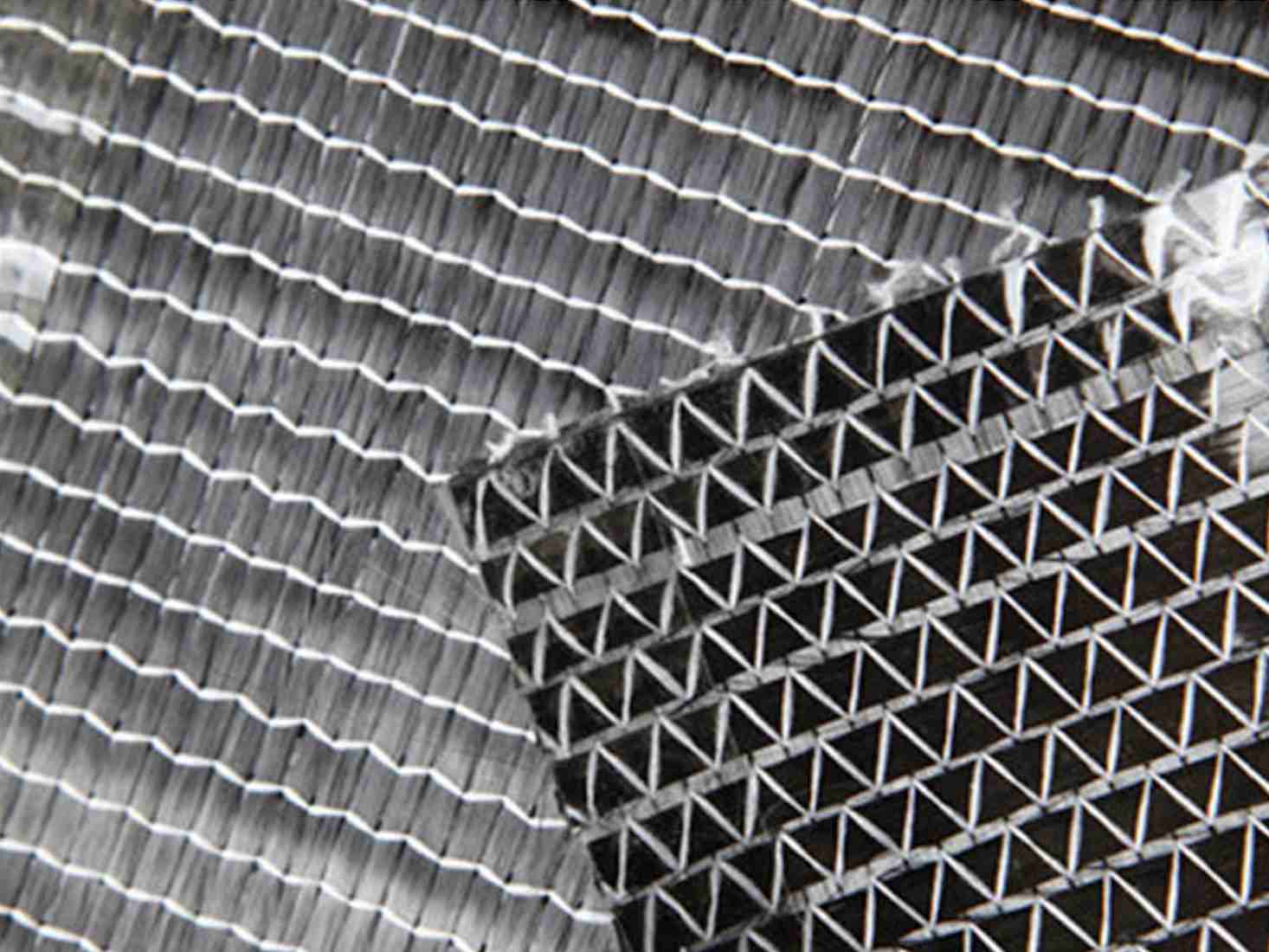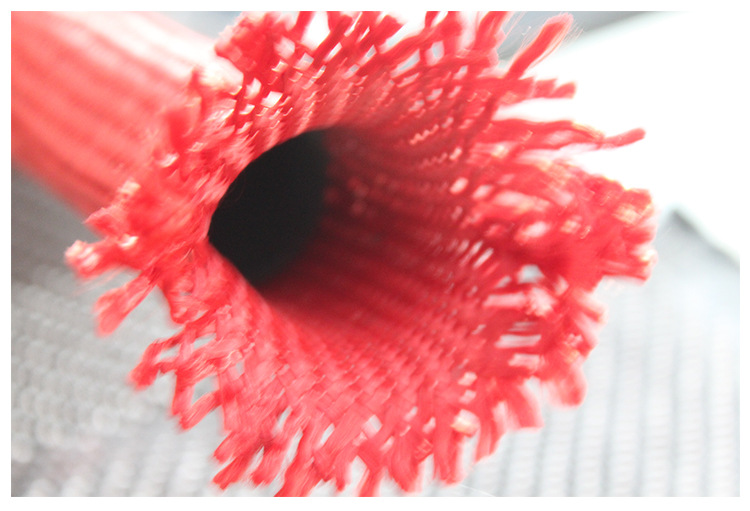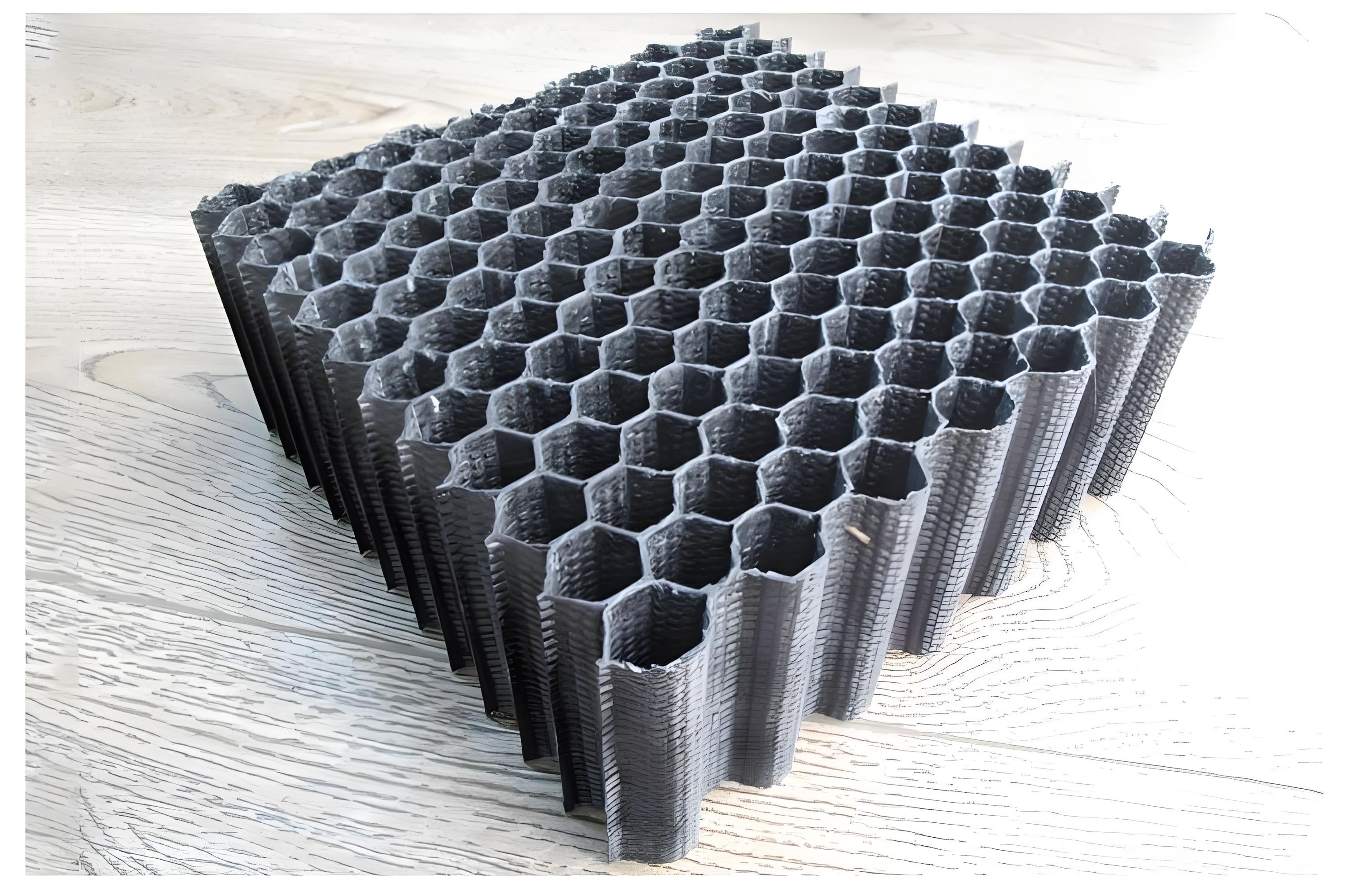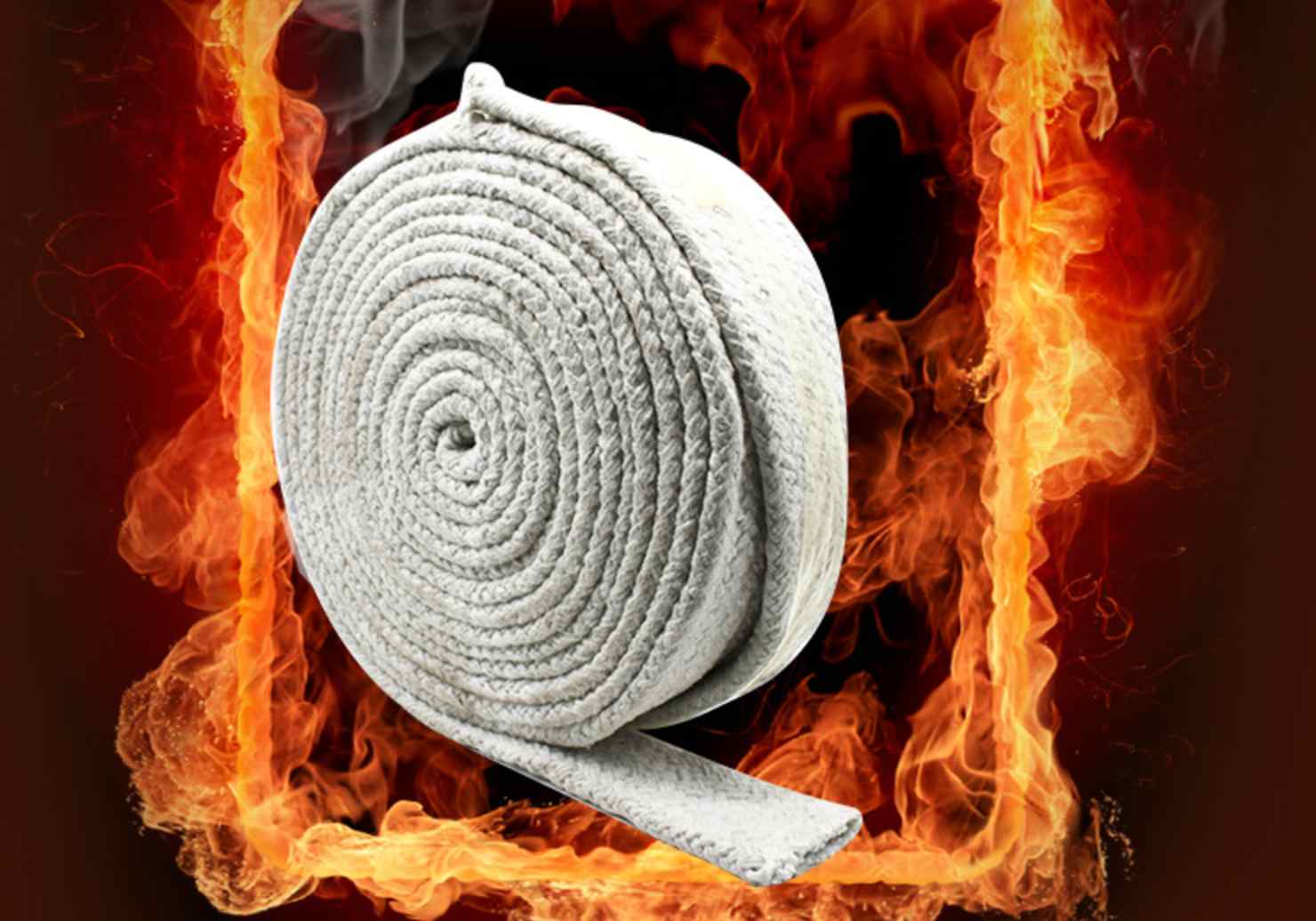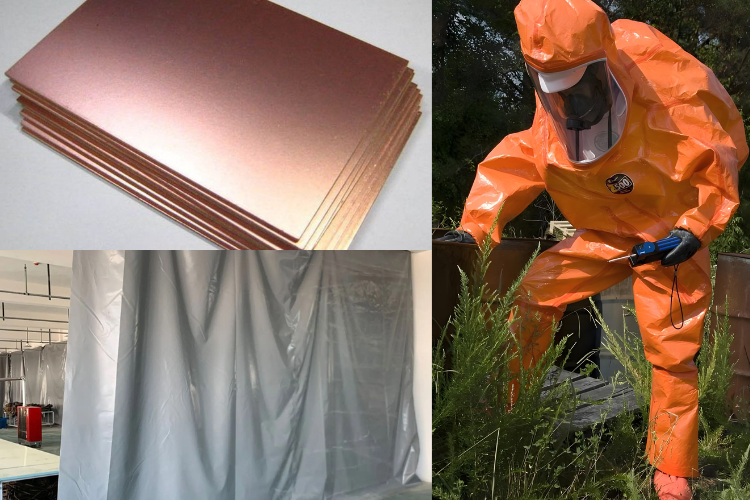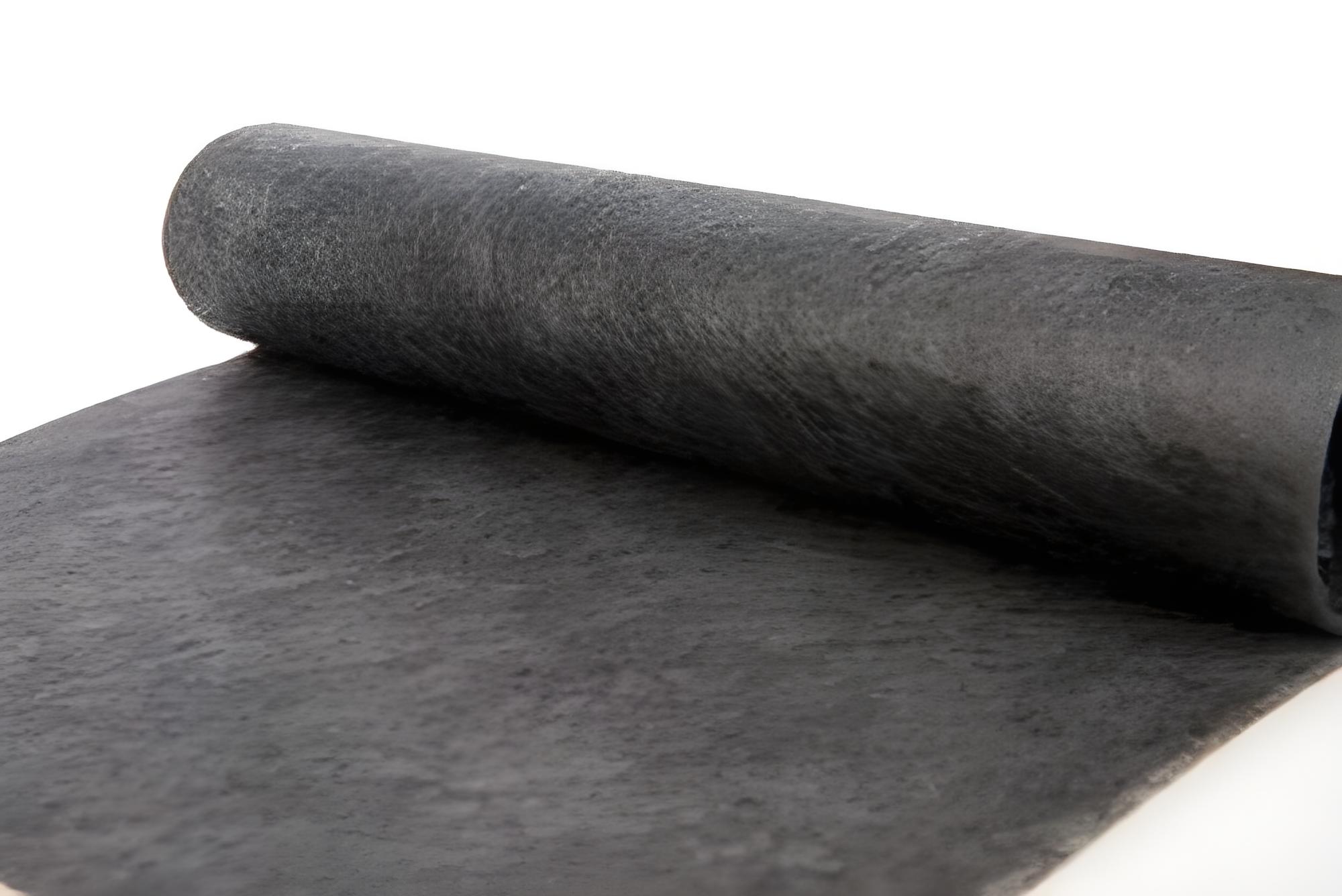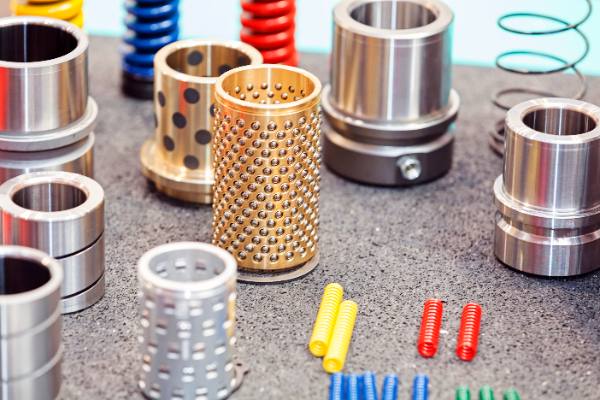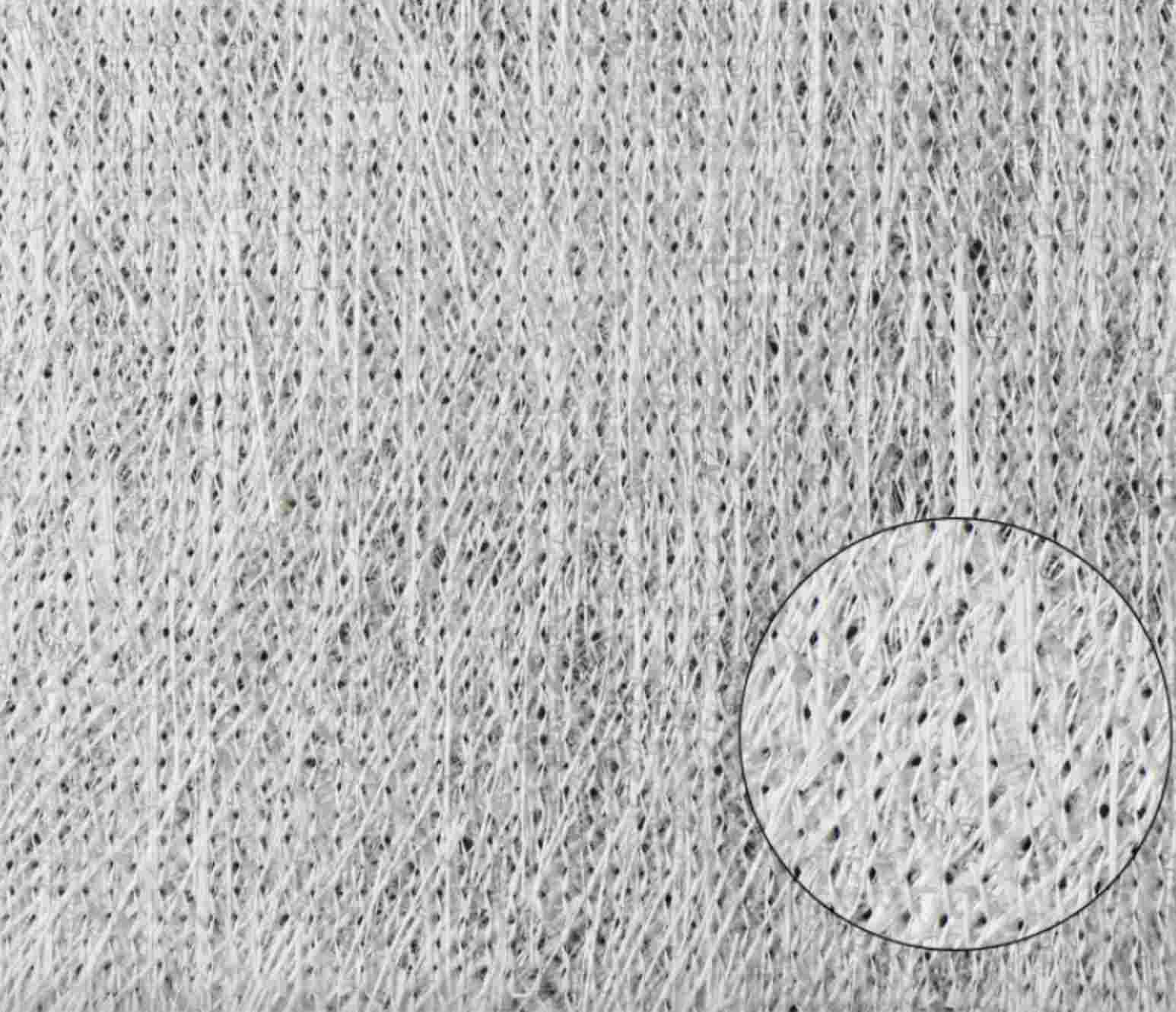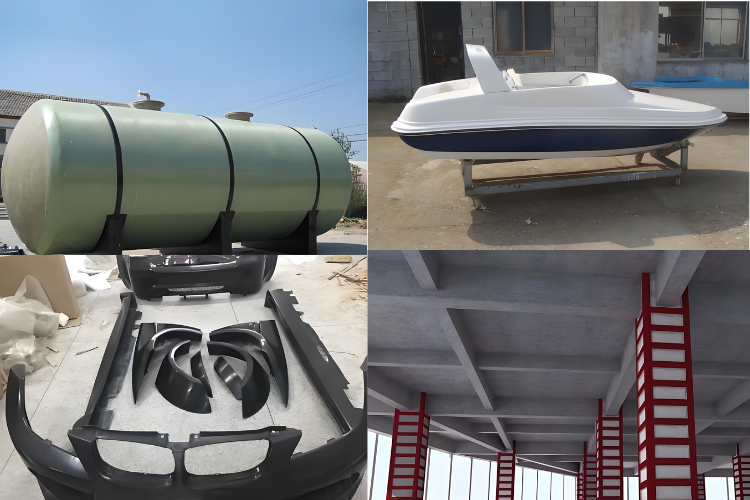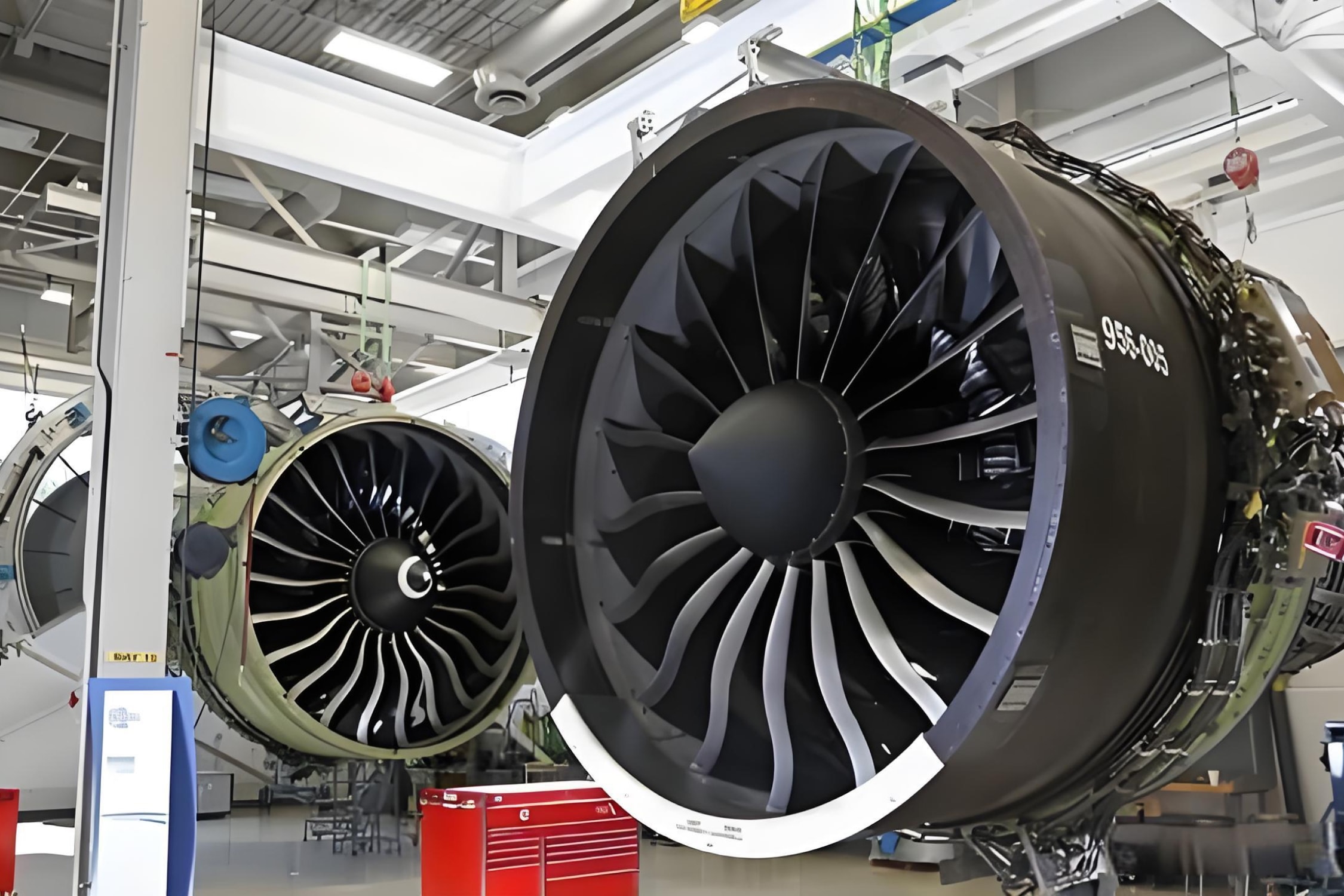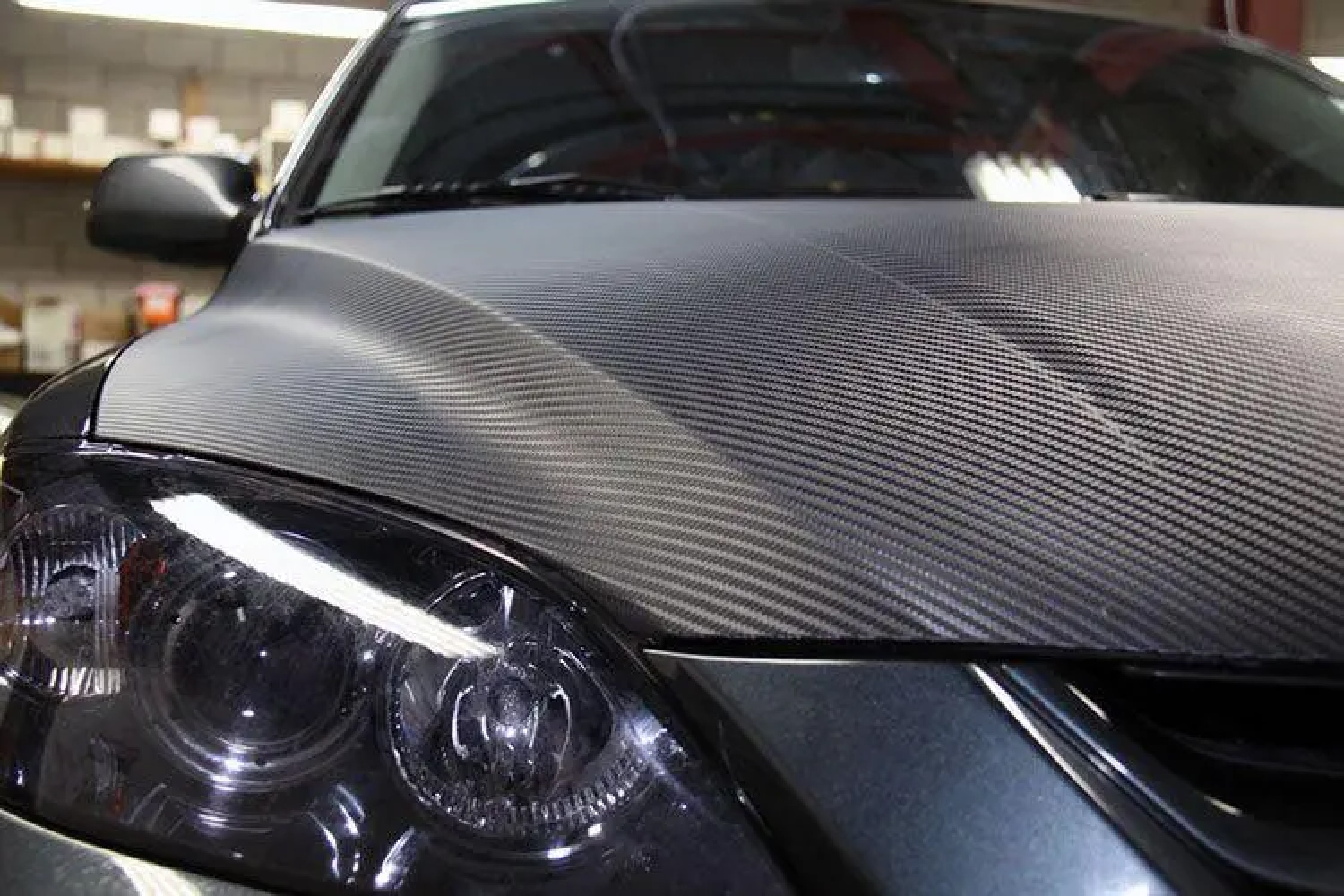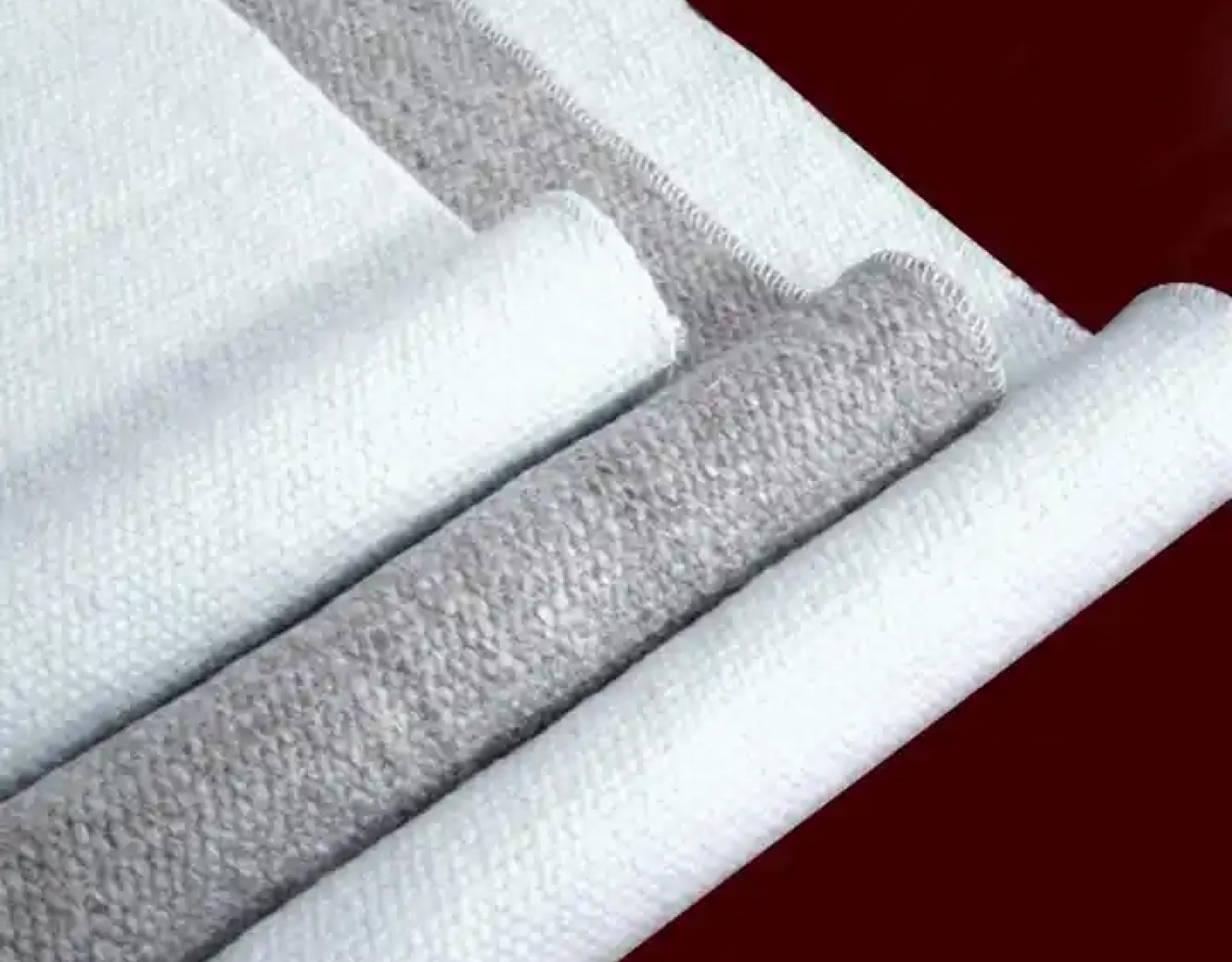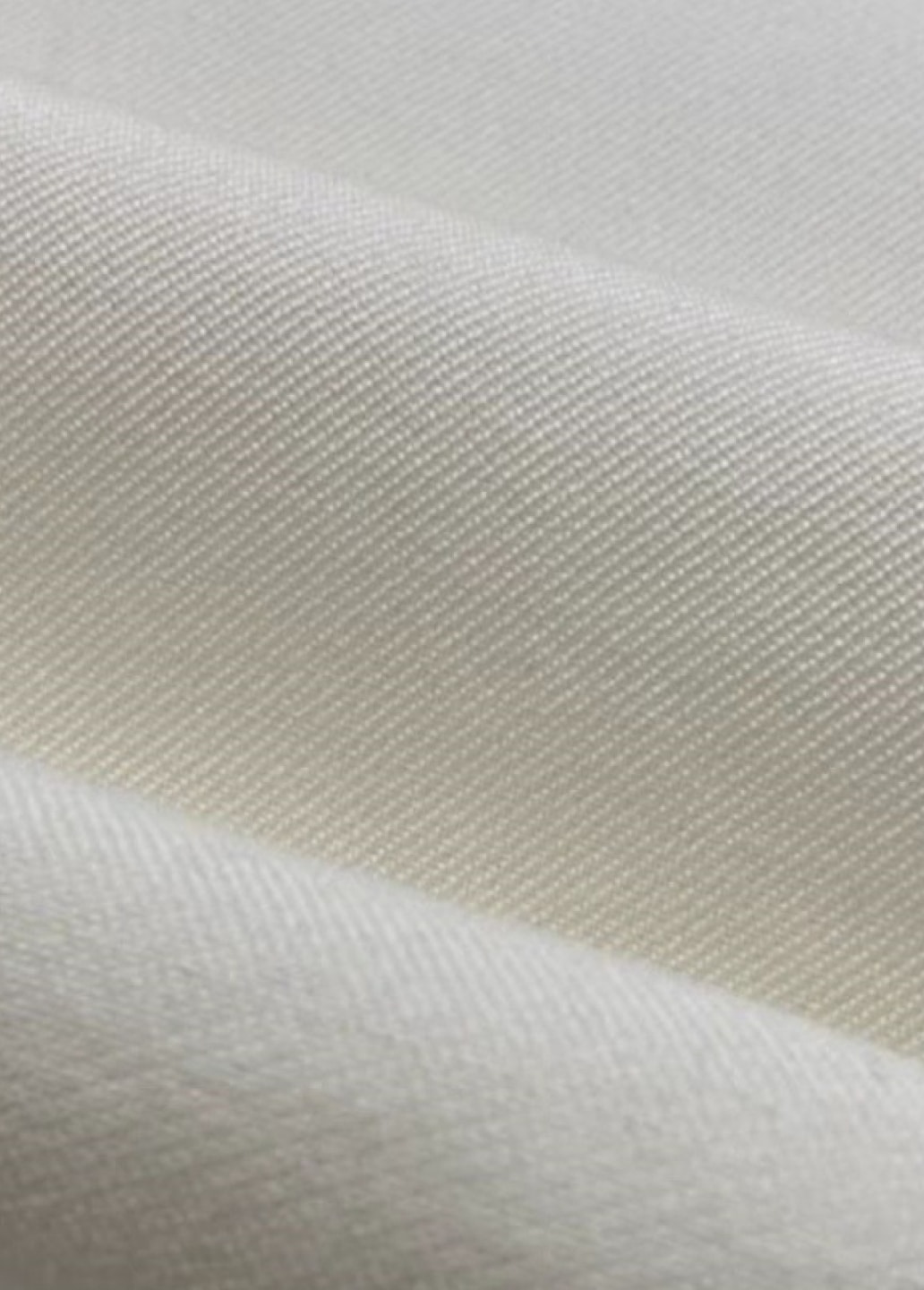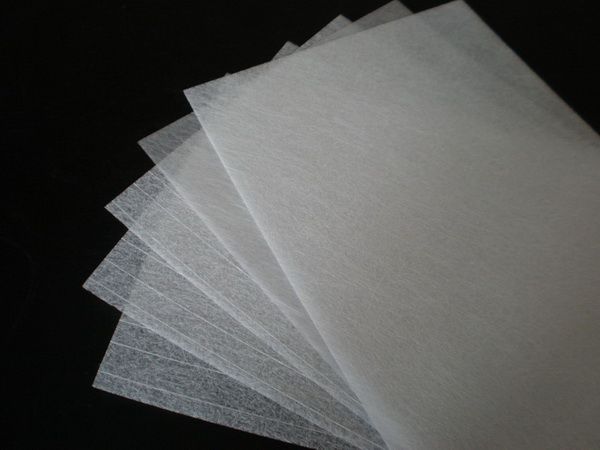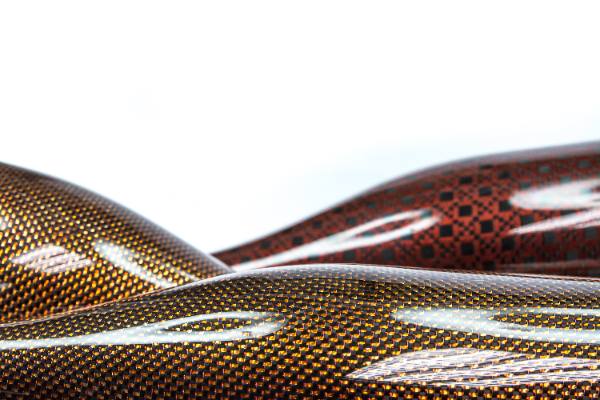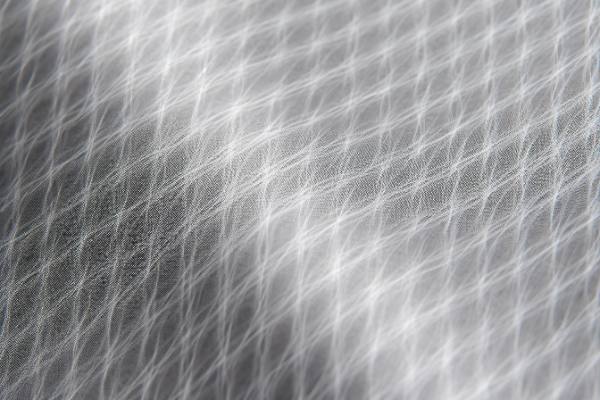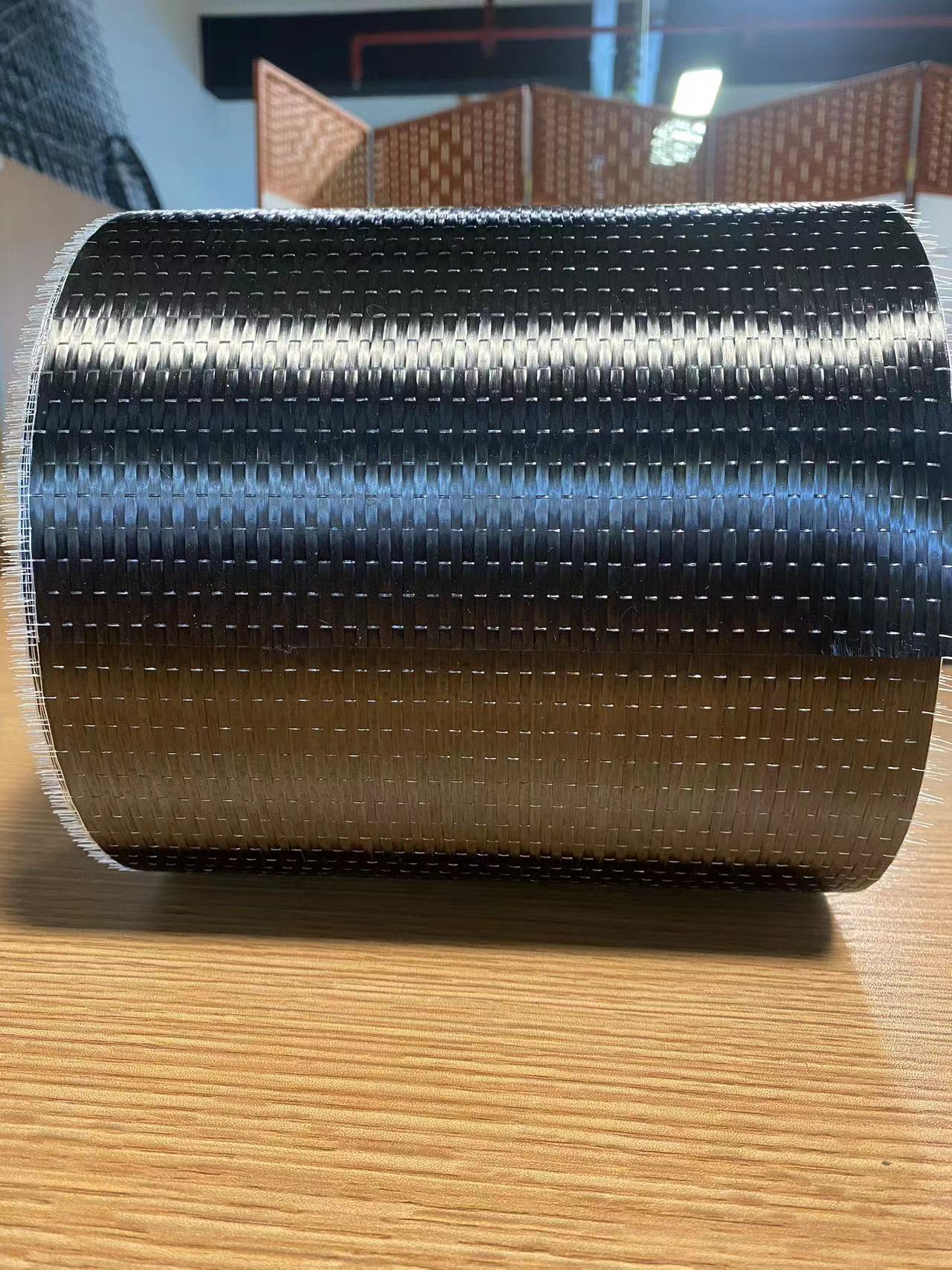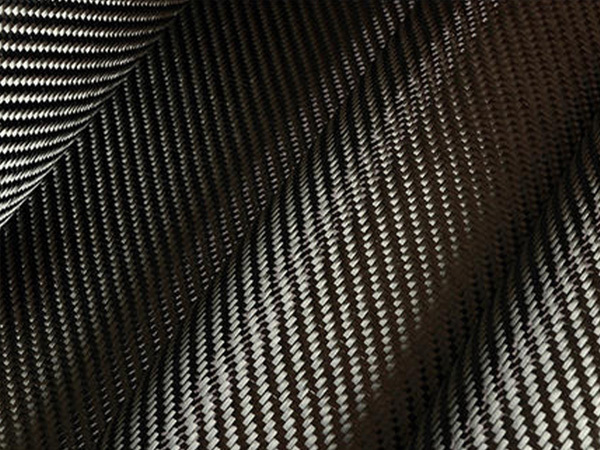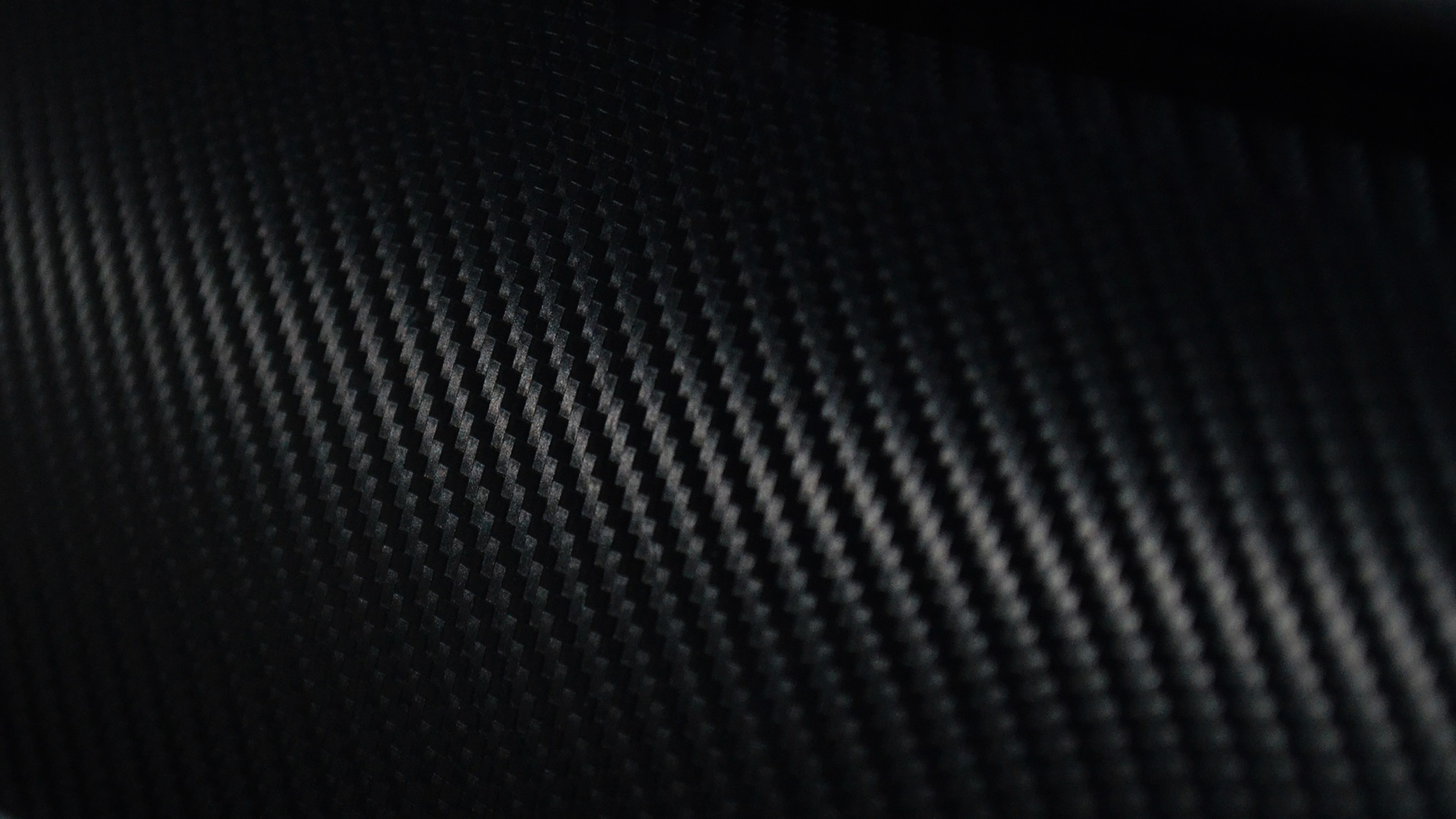+86-13732282311
merlin@xcellentcomposites.com
Let the world benefit from composite materials!
The Ultimate Guide to Reinforcements for Composite Materials: Types, Benefits, and Applications
Composite materials are an essential part of modern engineering, playing a key role in industries ranging from aerospace to automotive, and even sporting goods. These materials combine two or more distinct components—typically a matrix and reinforcement—to create a product that offers superior performance and strength-to-weight ratios compared to traditional materials like metals. One of the critical components of composite materials is the reinforcement, which enhances their structural integrity, performance, and functionality.
In this comprehensive guide, we’ll explore reinforcements for composite materials in detail, covering the different types, benefits, and applications. Specifically, we will dive deep into carbon fiber reinforced composites, one of the most widely used and advanced forms of reinforcement, and how they revolutionize material performance.
What Are Reinforcements for Composite Materials?
Reinforcements in composite materials are materials that provide strength, stiffness, and other mechanical properties to the composite structure. These reinforcements typically consist of fibers, particles, or fabrics that are embedded within a matrix material, which is usually a polymer, metal, or ceramic. The reinforcement allows the composite material to resist various stresses such as tension, compression, shear, and torsion, thereby improving its mechanical performance and durability.
The matrix serves as the binder or glue that holds the reinforcement in place, while the reinforcement itself plays the pivotal role in carrying the load and providing mechanical strength. Without proper reinforcement, the composite material may lack the structural integrity necessary for demanding applications.
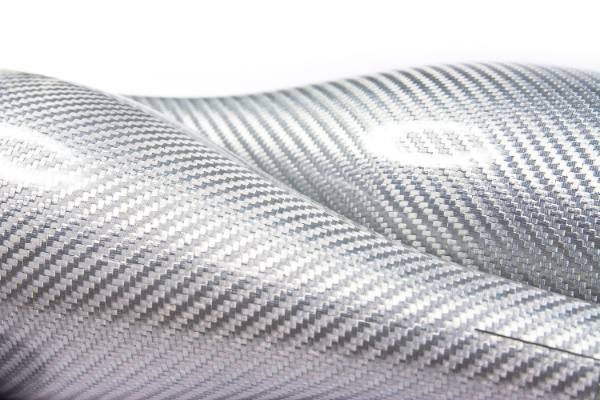
Types of Reinforcements for Composite Materials
There are several types of reinforcements used in composite materials, each offering unique properties based on the reinforcement material's composition and form. The most common reinforcements include:
1. Fibers
Fiber reinforcements are the most common form of reinforcement in composite materials. Depending on the type of fiber, these can be categorized into several classes:
- Glass Fiber: One of the most widely used reinforcements, glass fiber offers excellent strength and durability at a relatively low cost. It is often used in automotive and marine applications due to its low weight and corrosion resistance.
- Carbon Fiber: Carbon fiber is a high-performance reinforcement material known for its excellent strength-to-weight ratio, high stiffness, and resistance to fatigue. Carbon fiber reinforced composites (CFRC) are used extensively in aerospace, automotive, and sporting equipment where performance and weight reduction are critical.
- Aramid Fiber (Kevlar): Aramid fibers like Kevlar are known for their toughness and impact resistance. They are commonly used in military, automotive, and personal protective equipment applications.
- Basalt Fiber: Derived from volcanic rocks, basalt fiber offers excellent heat resistance, making it ideal for high-temperature applications like industrial machinery and fireproof materials.
2. Particles
Reinforcing particles are used in some composite materials to enhance properties such as wear resistance, thermal conductivity, or electrical conductivity. The most common types of particle-based reinforcements include:
- Metallic Particles: These are added to improve the conductivity and wear resistance of composites. They are particularly used in electronic components or parts that need high wear resistance, such as engine parts.
- Ceramic Particles: Ceramic reinforcements help enhance the thermal properties of composites, making them ideal for applications that require high-temperature resistance.
3. Woven Fabrics
Woven fabrics provide multidirectional reinforcement and are widely used in the production of composite materials for applications requiring high strength in multiple directions. Woven fabrics can be made from glass fiber, carbon fiber, or other materials, offering an even distribution of stress across the material.
- Plain Weave: A simple over-under weaving pattern that provides moderate strength and flexibility.
- Satin Weave: A more complex weave pattern that improves strength and provides a smoother surface.
- Twill Weave: This weave creates a diagonal pattern and is used when high strength is needed in two directions.
4. Hybrid Reinforcements
Hybrid composites use a combination of different reinforcement materials. For example, a carbon fiber glass fiber hybrid reinforcement may offer the advantages of both materials: the high performance of carbon fiber and the cost-effectiveness of glass fiber.
Carbon Fiber Reinforced Composites: A Deep Dive
Among the various types of reinforcements for composite materials, carbon fiber reinforced composites stand out due to their remarkable properties. These composites are formed by combining carbon fibers with a polymer matrix, often epoxy, to create a material that is incredibly strong, lightweight, and durable.
Key Benefits of Carbon Fiber Reinforced Composites
- High Strength-to-Weight Ratio: Carbon fiber reinforced composites are known for their exceptional strength-to-weight ratio. This makes them ideal for applications where reducing weight without sacrificing strength is critical. For example, in aerospace, every gram saved can improve fuel efficiency and performance.
- Stiffness and Rigidity: The stiffness of carbon fibers allows them to maintain their shape under stress, providing structural integrity in critical applications.
- Corrosion Resistance: Carbon fiber composites are resistant to environmental factors such as moisture and chemicals, which can corrode metal structures. This makes CFRCs a popular choice for marine applications and environments with harsh conditions.
- Fatigue Resistance: Unlike metals, which can suffer from fatigue over time, carbon fiber reinforced composites exhibit excellent resistance to cyclic loading, making them ideal for long-term applications in aerospace, automotive, and industrial sectors.
- Thermal Conductivity: Depending on the matrix, CFRCs can offer excellent thermal conductivity, which is beneficial for high-temperature applications.
Common Applications of Carbon Fiber Reinforced Composites
- Aerospace and Aviation: CFRCs are widely used in aircraft components, including wings, fuselages, and tail sections. Their lightweight nature contributes to fuel efficiency and improved performance, which is crucial for the aerospace industry.
- Automotive Industry: With the automotive industry moving towards lighter, more fuel-efficient vehicles, carbon fiber reinforced composites are increasingly used in body panels, chassis, and interior parts. The use of CFRCs in luxury and high-performance cars helps reduce weight while enhancing strength.
- Sports Equipment: High-performance sports equipment such as bicycles, golf clubs, tennis rackets, and skis often feature carbon fiber reinforced composites due to their lightweight and strength properties.
- Marine: CFRCs are also used in boat hulls and other marine applications where corrosion resistance and durability are essential.
- Wind Energy: Wind turbine blades made from carbon fiber reinforced composites can withstand high forces and environmental stress, extending the life of the turbine and increasing its efficiency.

Benefits of Reinforcements in Composite Materials
Reinforcements play a crucial role in improving the overall performance of composite materials. Here are some of the primary benefits:
1. Enhanced Mechanical Properties
The primary reason for using reinforcements in composite materials is to significantly enhance their mechanical properties. Reinforced composites are generally much stronger and stiffer than their unreinforced counterparts, which is critical in many engineering applications.
2. Improved Durability
Reinforcements like carbon fiber and glass fiber increase the durability of composite materials. This makes them more resistant to wear, fatigue, and environmental factors, such as corrosion and high temperatures.
3. Lightweight
In many industries, particularly aerospace and automotive, the demand for lightweight materials is ever-increasing. Reinforced composites allow manufacturers to reduce the weight of their products while still maintaining high performance.
4. Versatility
Different reinforcements allow manufacturers to tailor composite materials for specific applications. For example, the use of hybrid reinforcements can offer a balance between cost-effectiveness and performance, while the choice of fiber type (carbon, glass, aramid) can be made based on specific performance needs.
5. Cost-Effectiveness
While the initial cost of high-performance reinforcements like carbon fiber may be high, the long-term benefits in terms of reduced weight, fuel efficiency, and performance often outweigh the upfront investment, making them cost-effective over the lifespan of the product.
Conclusion: Choosing the Right Reinforcement for Your Application
The choice of reinforcements for composite materials largely depends on the specific requirements of the application. Factors such as strength, weight, thermal properties, corrosion resistance, and cost all play a role in determining the best reinforcement for a given project.
Carbon fiber reinforced composites offer a powerful solution for high-performance applications where weight, strength, and durability are critical. However, for other applications, materials like glass fiber or aramid may be more suitable due to cost or specific mechanical property needs. By understanding the types, benefits, and applications of various reinforcements, manufacturers can make informed decisions and design composite materials that meet the demands of modern engineering.
In the coming years, we can expect continued advancements in composite materials, with even more innovative reinforcement options and applications emerging across industries. Whether for building lighter aircraft, stronger sports equipment, or more efficient wind turbines, reinforcements for composite materials are likely to remain at the forefront of material science.
Popular Composite Materials
Popular Composite Materials
Composites Knowledge Hub
Composites Knowledge Hub

